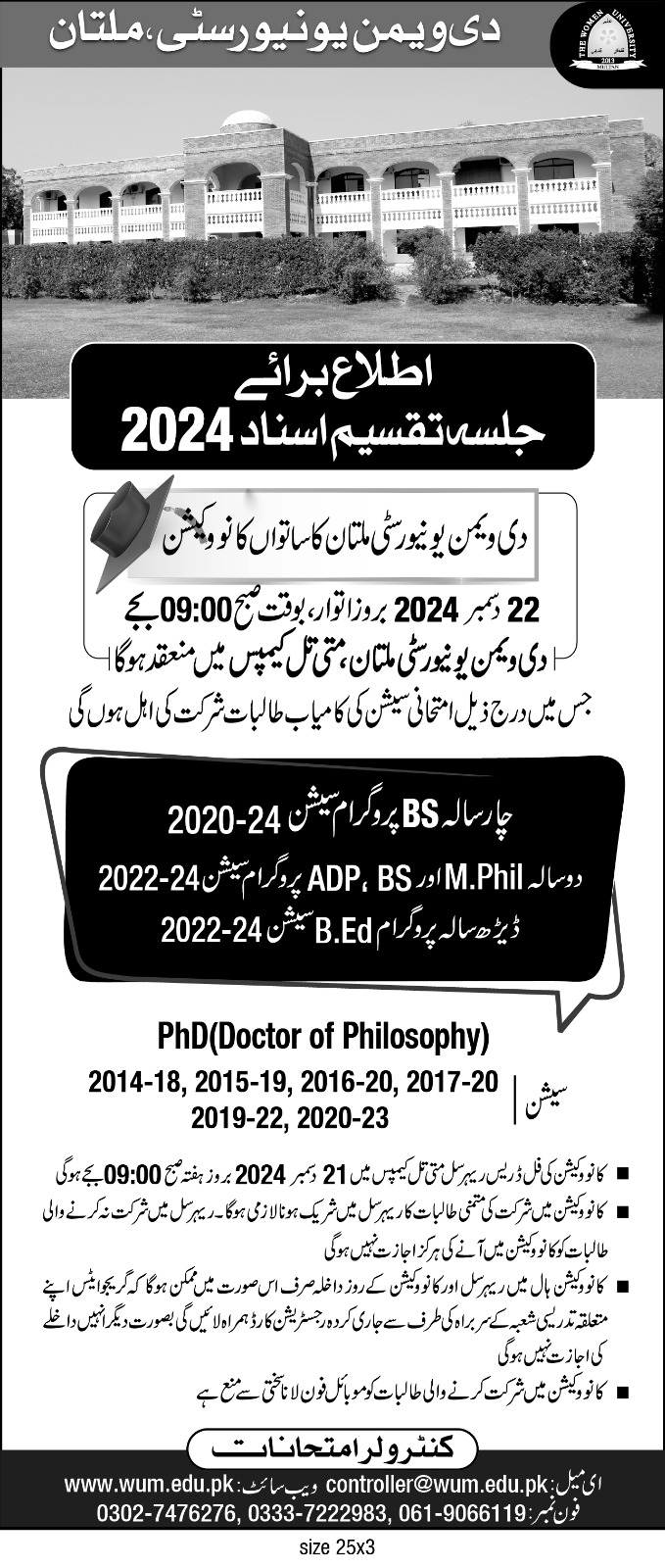Plagiarism Regulations
Plagiarism is an intellectual crime that may be defined as “taking and using the thoughts, writings, and inventions of another person as one’s own”. This, or various similar definitions found in recognized publications / documents, are very broad and can be used to create awareness about Plagiarism but are not practical enough to apply in order to ascertain guilt or innocence in specific cases. In order to establish the violation of ethical norms, or academic or intellectual dishonesty resulting from Plagiarism and to take punitive actions in this regard, it is necessary that the variety of forms in which Plagiarism manifests itself are known. These include but are not limited to the following:
o Verbatim copying, near-verbatim copying or purposely paraphrasing portions of another author’s paper or unpublished report without citing the exact reference.
o Copying elements of another author’s paper, such as equations or illustrations that are not common knowledge, or
copying or purposely paraphrasing sentences without citing the source.
o Verbatim copying portions of another author’s paper or from reports by citing but not clearly differentiating what text has been copied (e.g., not applying quotation marks correctly) and /or not citing the source correctly.
o The unacknowledged use of computer programs, mathematical/ computer models/ algorithms, computer
software in all forms, macros, spreadsheets, web pages, databases, mathematical deviations and calculations,
designs / models / displays of any sort, diagrams, graphs, tables, drawings, works of art of any sort, fine art pieces or
artifacts, digital images, computer-aided design drawings, GIS files, photographs, maps, music / composition of any
sort, posters, presentations and tracing.
o Self-plagiarism, that is, the verbatim or near-verbatim re-use of significant portions of one’s own copyrighted work without citing the original source.

